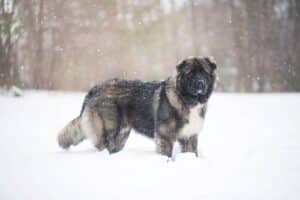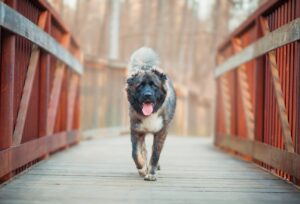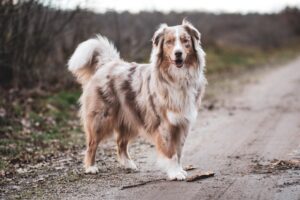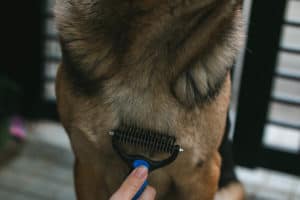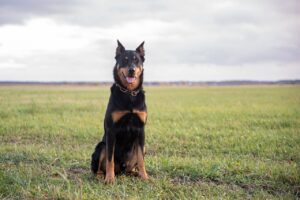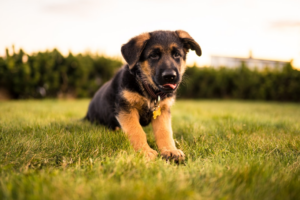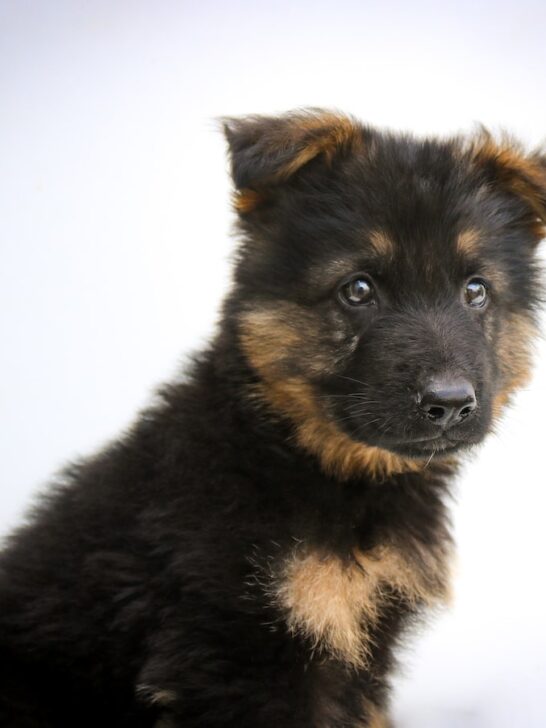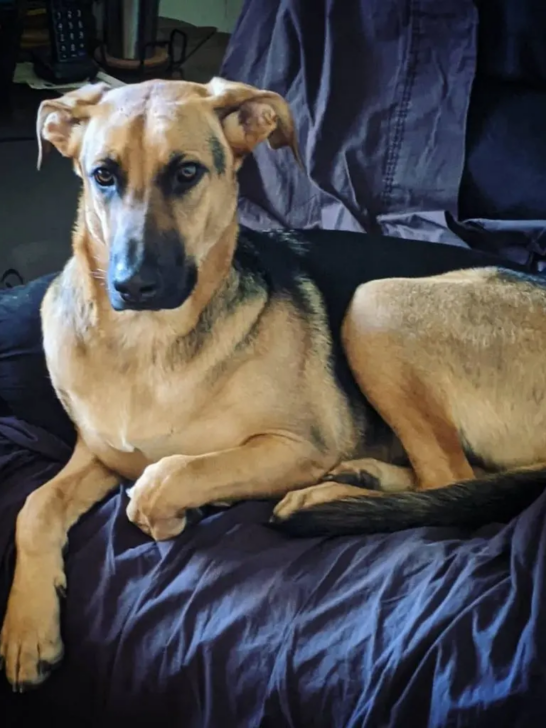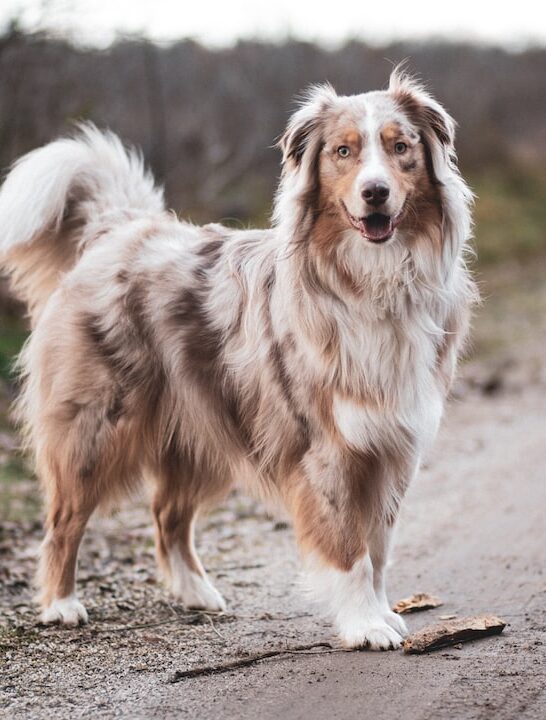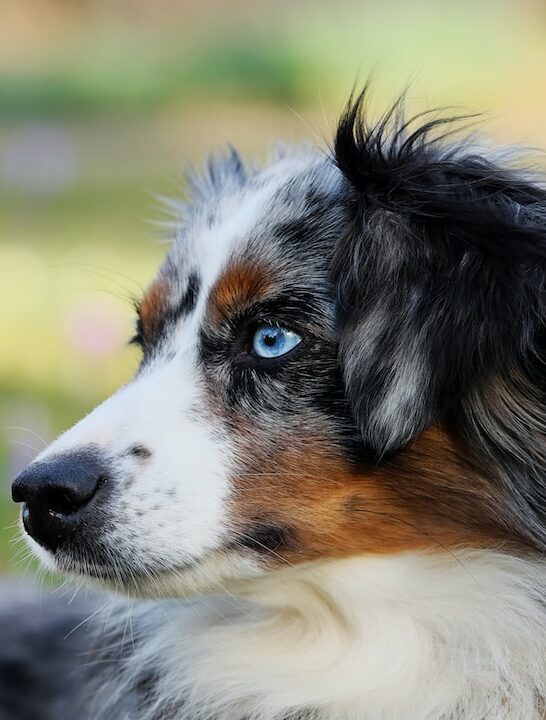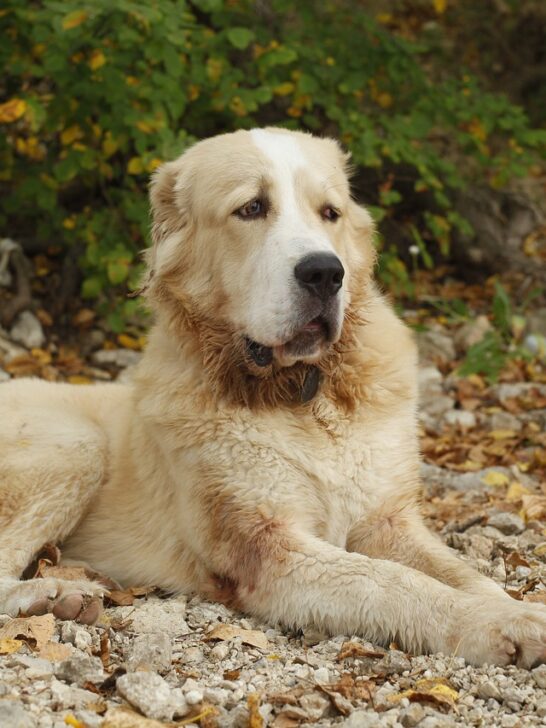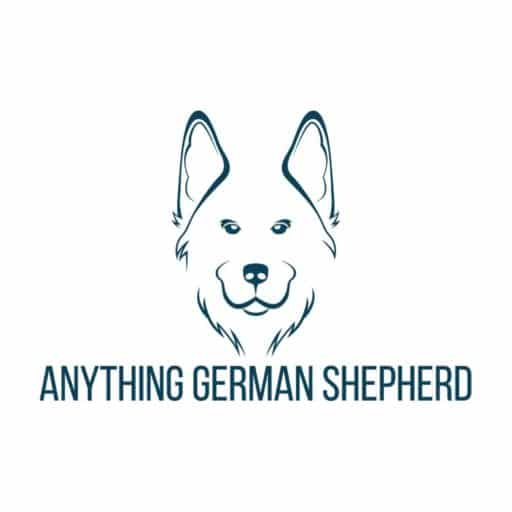German Shepherd Dogs and Cold Weather: What You Need to Know
German Shepherds are well known for being smart, adaptable, and good-looking, which is why they’re loved by so many people around the world. But how do they handle cold weather? The answer is: very well. Their strong, double coat acts like a built-in blanket, keeping them warm even when the temperature drops. Since they were first bred in Germany to work outdoors, German Shepherds are used to cool weather and can handle low temperatures if cared for properly. Still, their safety and comfort depend on things like suitable shelter, proper diet, good grooming, and regular health checks. Their ability to cope with the cold isn’t just about their fur – it comes from a mix of genetics, body type, and the right care from their owners.
While their thick fur helps, other things matter too, such as age, health, and how active the dog is. Knowing these details helps you keep your German Shepherd healthy and happy, even in winter. This article explains what affects a German Shepherd’s cold tolerance and offers practical tips for dog owners.
What Affects a German Shepherd’s Ability to Handle Cold?
German Shepherds’ cold weather toughness is no accident. It comes from their history, their bodies, and their environment. Recognizing what contributes to their ability to stay warm helps you give them the best care.
History and How They Adapted to Cold Weather
German Shepherds come from Germany, where they were used for herding and guarding sheep in harsh climates. For this work, they needed to be sturdy and have a thick coat to stay warm outside. Over time, the breed was chosen for these traits, so today’s German Shepherds are naturally better at handling cold than many other breeds. Their bodies are made to keep a stable inner temperature, even in chilly weather, due to their origins and the types of dogs selected for breeding in the past.
The Double Coat – How It Helps and Its Limits
The double coat is one of a German Shepherd’s best defences against the cold. The outer layer is made of longer, rough hairs that keep out water and dirt. Underneath, there is a soft, thick layer that holds warmth close to the body. This undercoat gets even thicker in winter, giving extra protection against the cold. If the coat gets dirty or tangled, it won’t work as well, so regular brushing and cleaning are needed.
| Coat Layer | Function |
|---|---|
| Outer Coat | Repels water and shields from dirt/wind |
| Undercoat | Traps body heat and keeps the dog warm |
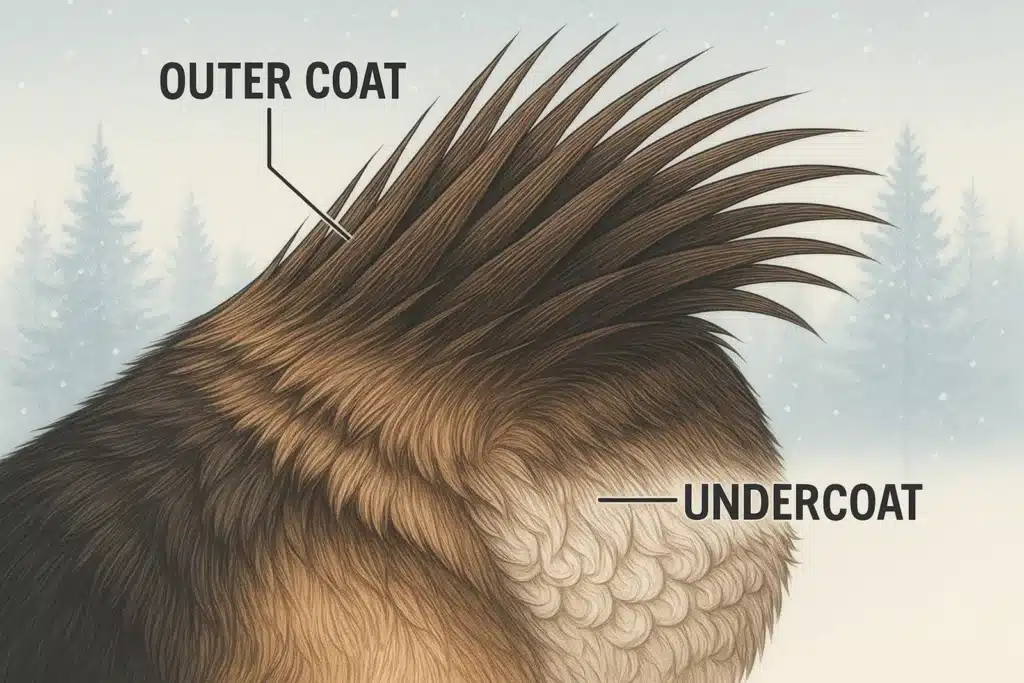
Body Size and Weight
Larger German Shepherds usually stay warmer than smaller, thinner ones. Bigger bodies keep heat better, like a bigger log on a fire takes longer to cool down. Muscles also help generate heat. Thin dogs lose warmth more quickly. A dog in good shape, with a normal weight, can normally control its temperature better, but too much extra weight can cause health problems and doesn’t really help protect from the cold.
Age and Health
Puppies and older dogs are more sensitive to cold than healthy adults. Puppies haven’t grown a full coat, and seniors often have weaker immune systems and less muscle, so they can’t stay warm as easily. Dogs with illnesses like arthritis or heart problems can feel the cold more, and may get sick faster in low temperatures. Regular vet visits help catch issues early, especially before winter.
Energy Level and Fitness
Active German Shepherds that get regular walks and playtime do better in the cold, because moving around helps them stay warm. High energy dogs make their own heat and can enjoy the outdoors in colder weather, but watch to make sure they don’t get too cold after stopping for a while. Dogs that are used to being outside also get better at handling weather changes.
What Temperatures Are Safe for German Shepherds?
Even though German Shepherds are tougher in the cold than many breeds, there are still limits to what they can take. There’s more to it than just the temperature on the weather forecast. You have to think about other factors, too.
How Cold Is Too Cold?
- Most healthy adult German Shepherds can deal with temperatures as low as 30°F (-1°C).
- Some with extra thick fur might handle even colder temperatures, with the comfort zone usually between 30-75°F (-1°C to 24°C).
- If it drops below 20°F (-6°C), it starts to get unsafe and very uncomfortable.
- At or below 37°F (3°C), many dogs will already start to feel the cold, especially if they get wet or there’s wind.
- Below 45°F (7°C), some sensitive German Shepherds may already feel chilly.
- If you feel it’s too cold outside without a jacket, it’s likely too cold for your German Shepherd to stay out for a long time.
Other Weather Factors (Wind, Wet, Sunshine)
- Wind: A strong wind can make cold air feel even colder and go through even thick fur.
- Wet weather: Rain, snow, or even wet grass can make the coat lose its warming power, so dogs cool down faster. Always dry your dog off if they get wet outside.
- Cloudy vs. Sunny: On a cloudy day, your dog can’t soak up sun for extra warmth, so it feels colder.
Always think about these together, not just the number on the thermometer.
Risks and Warning Signs When a German Shepherd Gets Too Cold
German Shepherds can spend some time in the cold, but that doesn’t mean they’re safe in any weather. Watch out for signs that your dog is too cold so you can help before it’s an emergency.
Hypothermia: What to Watch For
- Caused by staying in the cold too long, especially if wet or windy or if your dog has health problems.
- Puppies, senior dogs, and sick dogs are hit harder.
Symptoms:
- Shivering (first sign; may stop if hypothermia gets worse)
- Lethargy (acting tired or confused, moving slowly)
- Pale gums
- Unresponsive or weak
If your dog is shivering a lot, get them warm right away. Don’t wait – bring them inside and wrap them in blankets. Call your vet if symptoms don’t improve.
Frostbite: Ears, Tail, and Paws At Risk
Frostbite is when your dog’s skin starts to freeze, mostly on body parts far from the heart or with little fur.
- Most common on ears, tail, and paw pads. The nose can be affected too.
- Skin looks pale, blue, or grey and feels cold or hard. Can also swell or blister.
If you think your dog has frostbite, call the vet. Warm the area slowly with warm (not hot) water or a warm towel.
Other Signs Your Dog Is Too Cold
- Shivering or shaking for a long time
- Acting tired or moving slowly
- Whining, barking, or scratching at the door to come inside
- Curling up tightly or seeking out a warm spot
- Holding up their paws or limping
If you see these, it’s time to bring your German Shepherd inside and warm them up.
How to Keep Your German Shepherd Comfortable in the Cold
Helping your German Shepherd through cold weather is about more than just letting them back in when it gets chilly. Good care involves shelter, food, exercise, and sometimes extra protection like clothing.
Shelter and Bed Tips
- Inside dogs need a comfy bed off the floor, away from cold drafts. A blanket or pillow will help. Heated beds or hot water bottles wrapped in towels add extra warmth, especially for older dogs.
- Outside dogs need a dry, insulated shelter that keeps out wind, rain, and snow. The dog house should be raised up from the ground and have thick bedding like straw or blankets. A heated pad might be helpful in very cold places.
Feeding Changes for Winter
- German Shepherds burn more calories to keep warm, so they may need a bit more food if they’re active outdoors.
- Choose high-quality dog food with good protein. Don’t let them get overweight – less active dogs might need less food in winter.
- Fresh water is always important. Check water bowls often to make sure they haven’t frozen over.
Exercise in Winter
- Exercise is still important in winter, but keep walks and play sessions shorter in freezing weather.
- Dry your dog well after being out in snow or rain.
- Don’t let your dog off-leash in deep snow or on ice, as they could get lost or injured.
- Clear a spot near your door if snow is deep, so your dog can go to the bathroom easily.
Winter Gear for Extra Warmth
- Dog boots help protect feet from salt, ice, and cold surfaces.
- Older dogs, thin dogs, and puppies may need coats or sweaters. Get one that is wind and water-resistant and fits well.
- Introduce boots and coats gradually so your dog gets used to them.
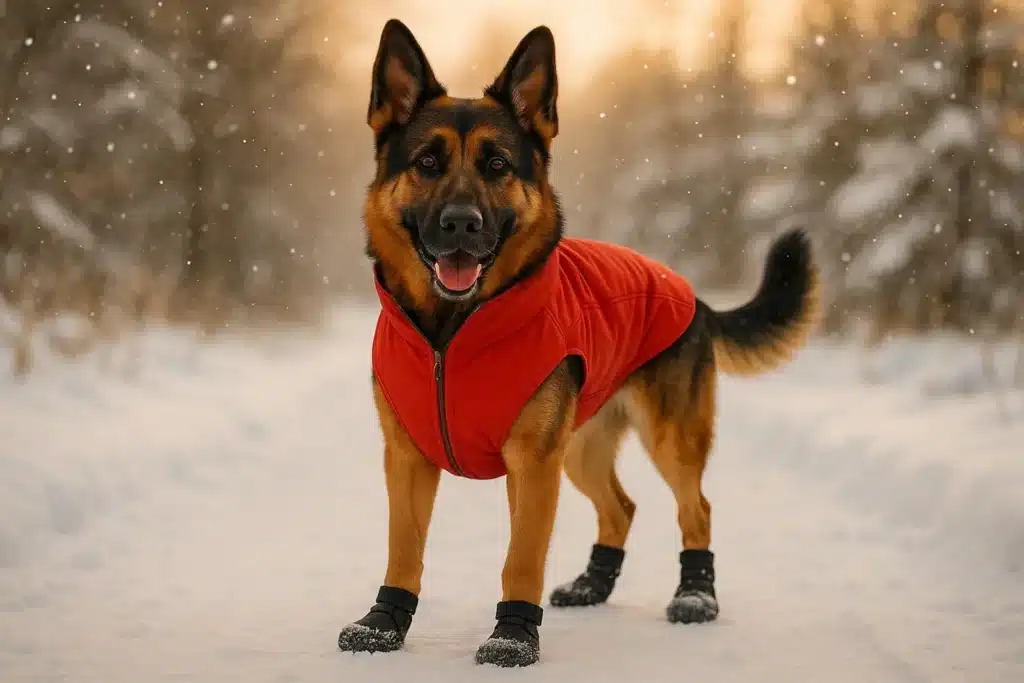
Grooming for Warmth
- Brush your German Shepherd often to keep their coat clean and free of mats. Matted fur doesn’t keep them as warm.
- Don’t shave or cut their fur short in winter.
- Don’t bathe too often, as it can dry out their skin. Make sure your dog is totally dry before going outside after a bath.
Checklist: Keeping Your German Shepherd Safe in Winter
- Provide a warm, draft-free resting area inside or a dry, insulated dog house outside.
- Watch for signs that your dog is cold or uncomfortable and bring them inside if needed.
- Keep their drinking water unfrozen.
- Protect paws with boots or wipe them clean after walks.
- Adjust meals for winter energy needs, based on activity.
- Don’t leave your dog in a car during winter – cars get cold fast.
| Best Practice | Why? |
|---|---|
| Shelter | Protects from wind, wet, and cold |
| Hydration | Prevents dehydration and helps regulate body temperature |
| Grooming | Keeps fur insulating properly |
| Exercise | Keeps muscles warm and uses energy |
Common Questions About German Shepherds in Cold Weather
Can German Shepherds Sleep Outside When It’s Cold?
They can, but only if they have a dry, sheltered dog house that blocks wind and moisture, with warm bedding. In very cold weather, being indoors at night is much safer and stops problems like loneliness and anxiety that can happen when they’re outside alone for long periods.
Are Puppies and Older Dogs as Tough as Healthy Adults?
No, puppies and senior German Shepherds feel the cold more and should spend less time outside in winter. Puppies don’t have their full adult coat and less body fat. Seniors lose muscle and sometimes have weaker immune systems. Both need extra warmth, like blankets or a heated bed, and should be watched closely for any signs of being cold.
Do German Shepherds Prefer Cold or Hot Weather?
German Shepherds generally do better in the cold than in the heat. Their thick coats help in winter but can make summer heat hard to handle. In hot weather, they need shade, water, and less time outside during the hottest part of the day to avoid overheating.
What If My German Shepherd Gets Too Cold?
If your dog starts to shiver, act tired, whine, or lifts their paws a lot, bring them inside right away. Use blankets to warm them gently, give them fresh water, and warm up paws and ears with your hands or a warm towel (not hot water). If your dog doesn’t improve or seems really sick, call your vet for help immediately.
Should I Limit Outdoor Time in Winter?
Yes. Keep outdoor walks and play sessions shorter on very cold or windy days. If it drops below 20°F (-7°C), only let your German Shepherd out for potty breaks. Always make sure they can get to a warm, dry place afterwards.


